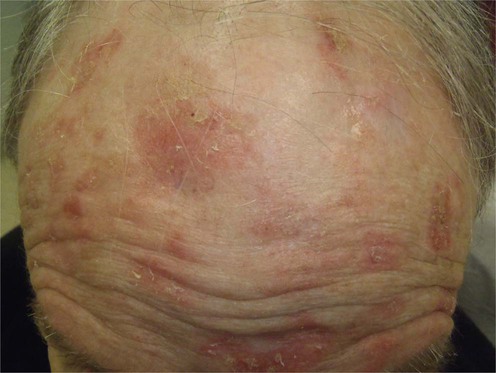Jorizzo J, Weiss J, Furst K, VandePol C, Levy SF. Arch Dermatol 2004; 140: 813–16.
Actinic keratoses

Specific investigations
First-line therapies
Effect of a 1 week treatment with 0.5% topical fluorouracil on occurrence of actinic keratosis after cryosurgery.
![]()
Stay updated, free articles. Join our Telegram channel

Full access? Get Clinical Tree




 Sunscreens
Sunscreens Cryosurgery
Cryosurgery Topical 5-FU
Topical 5-FU Imiquimod
Imiquimod Photodynamic therapy
Photodynamic therapy